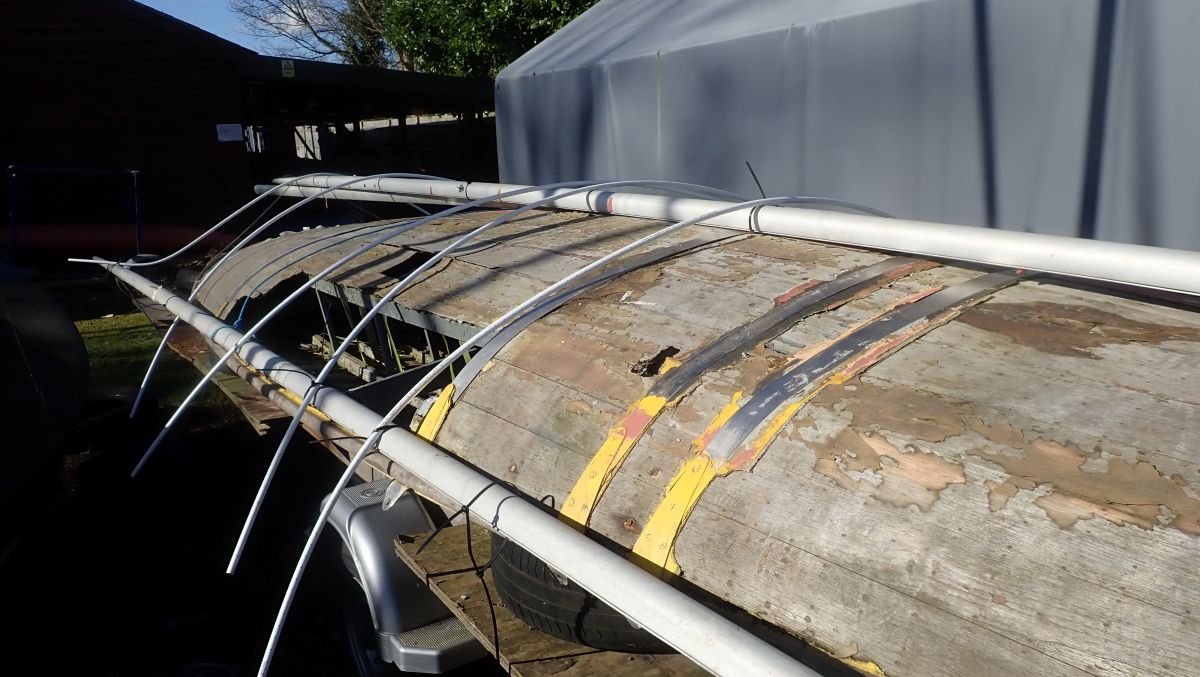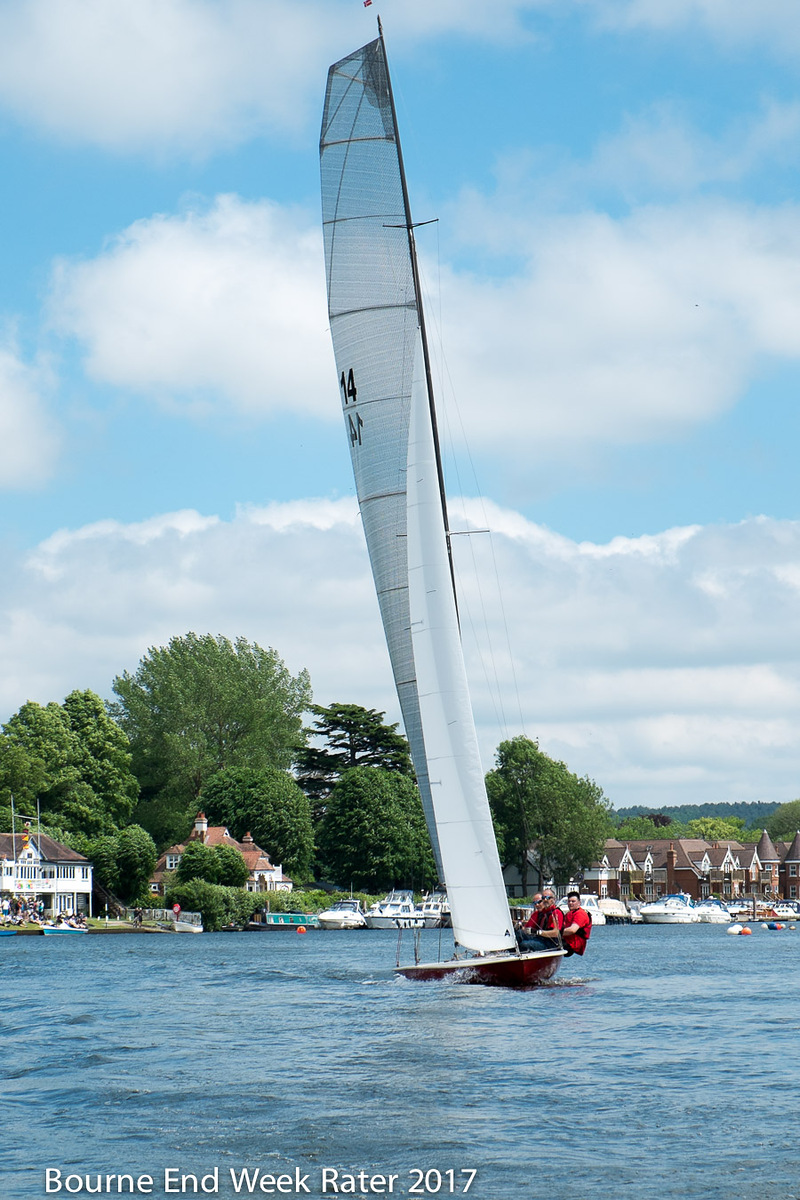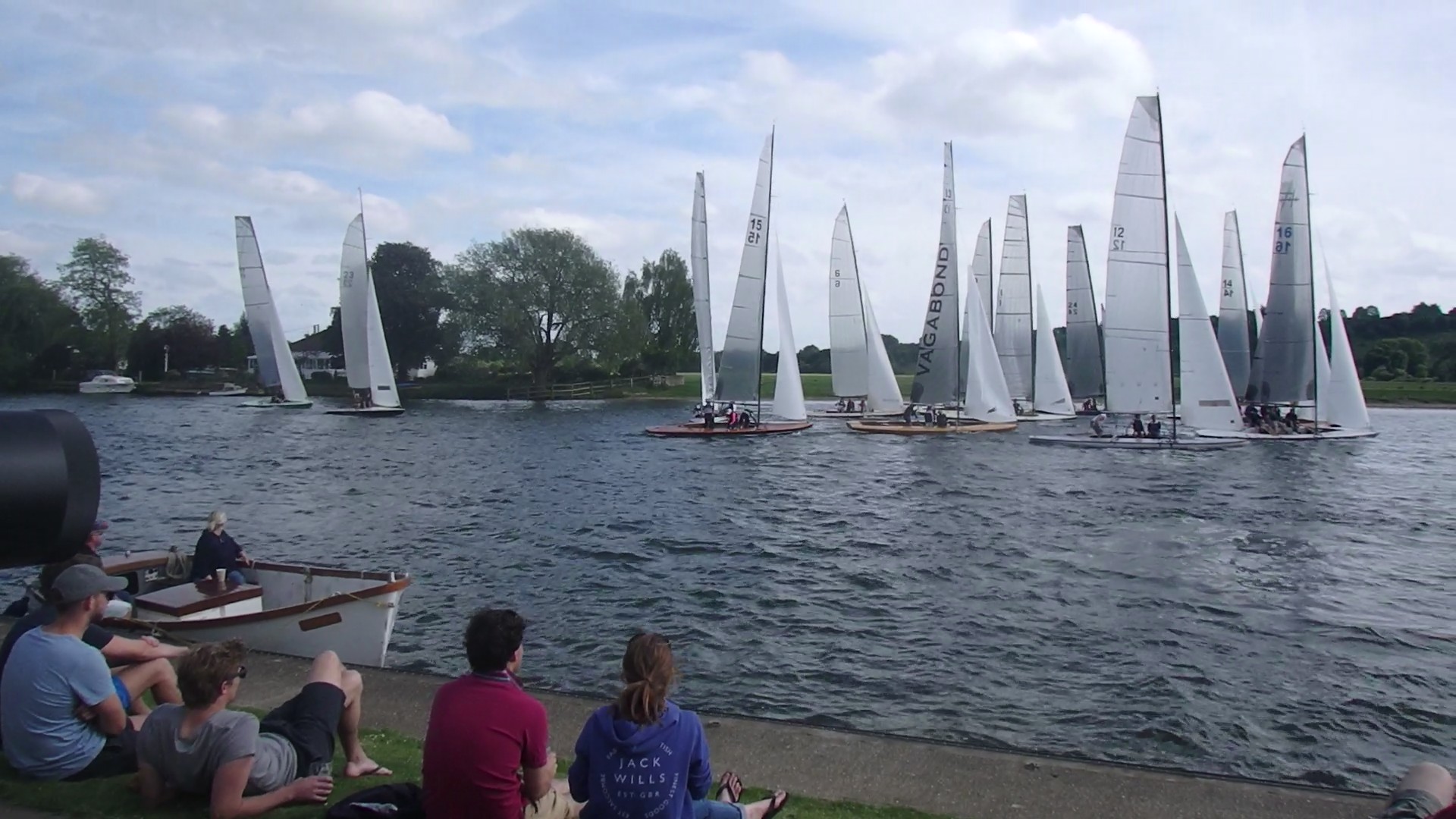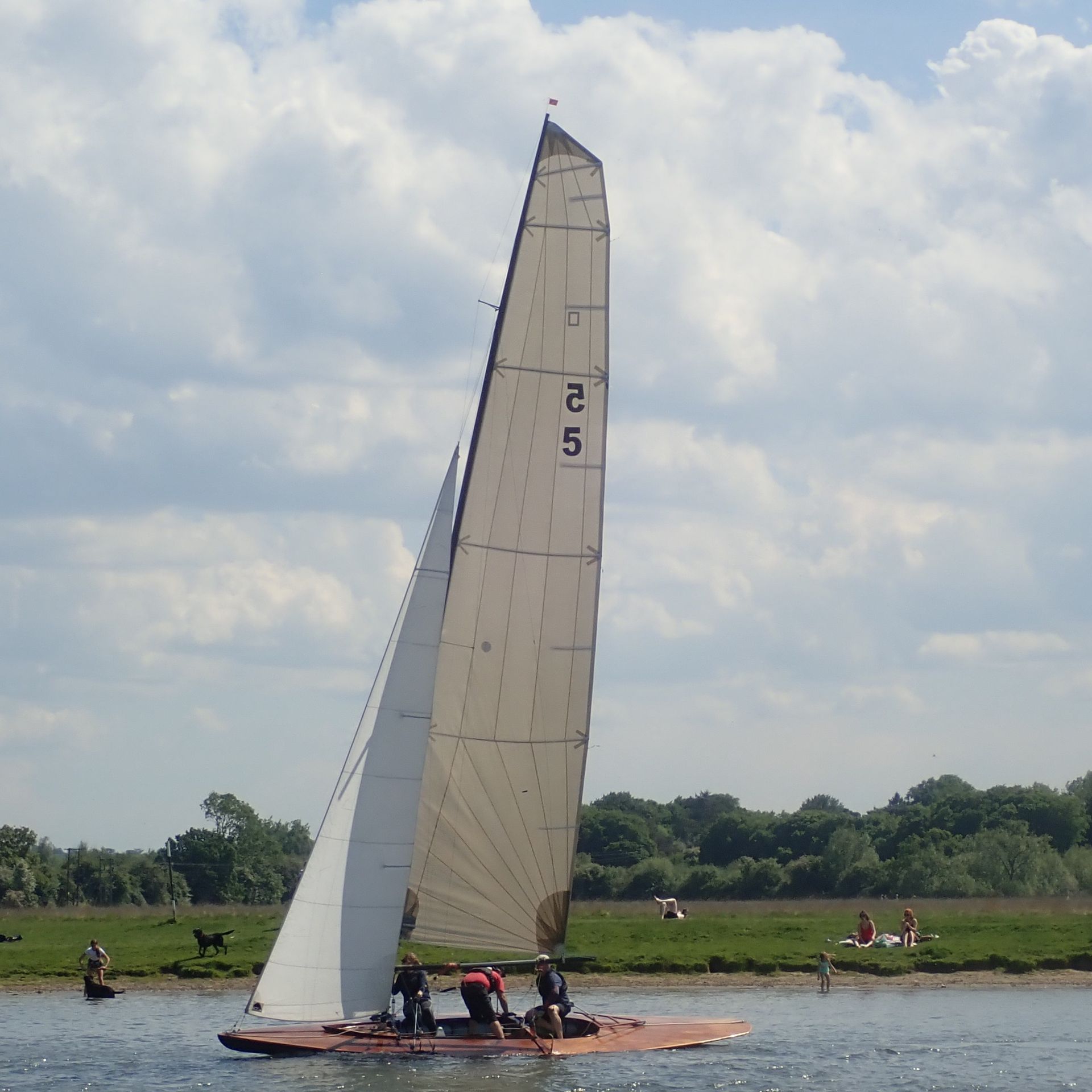After WWII, the Thames A-Rater class faced an existential crisis. The grandee skippers and their paid crews were largely gone, and newer one-design classes (which were cheaper and easier to sail) stole the limelight. At Upper Thames SC, regular club racing for A-Raters ceased in the 1920s and did not fully resume post-warraterassociation.co.uk. At Thames SC in Surbiton, a handful of Raters still raced on occasion, but the fleet was much reduced. By the 1950s, as few as one A-Rater might show up to race: the boat Scamp (by then one of the last survivors) was reportedly the only A-Rater active at Bourne End for some years, and even she came out only for the annual regattaraterassociation.co.uk. Other venerable boats were sold out of the area or left to rot in boatyards. The class was in danger of fading into a quaint memory of a bygone era.
What saved the Thames A-Raters from extinction was a mix of stubborn passion and clever adaptation. Enthusiasts at TSC and UTSC couldn’t bear to see the “greyhounds of the river” disappear. By the late 1970s, a plan emerged: why not build a new generation of A-Raters using modern materials? The wooden hulls were high-maintenance and many were nearing 70–80 years old. New construction could level the playing field and attract sailors back to the class. Thus in the early 1980s, the Thames A-Rater class embraced fiberglass. A mould was taken off the hull of the oldest existing boat (the legendary Ulva from 1898), capturing her lines in a durable formraterassociation.co.uk. Using this mould, a total of nine GRP A-Raters were built between the early 1980s and late 1990sraterassociation.co.uk. These new boats – often called “the plastics” – were given sail numbers 14 through 22 (the wooden boats retained numbers 1–13)raterassociation.co.uk. Each was a near clone of Ulva’s hull, though individual owners fit them out with different rigs and layouts. The first of the bunch, Spindrift (sail no. 14, launched ~1983), “started a new chapter in rater history” and immediately proved her performancethames-sailingclub-history.thecomputerguy-it.co.uk. Lighter and stiffer than the old woodies, Spindrift and her GRP sisters began winning everything. In fact, the new fiberglass raters were so fast that the class had to enforce a slightly smaller sail area for them to keep competition fairthedailysail.com. Through the 1980s, more GRP boats joined (with whimsical names like Atlantis, Osprey, Sacre Bleu, Wings, Lady Jane and others). By the 1990s, the majority of boats appearing at Bourne End Week were GRP. This infusion of modern boats arguably saved the class – younger sailors joined crews, attracted by the high-performance aspect, and maintenance was easier – but it also threatened to make the cherished wooden fleet obsolete.
Happily, the story didn’t end with plastic taking over. In the 1990s and early 2000s, a revival of the wooden Raters took place. A new generation of craftsmen-sailors, notably Ossie Stewart (an Olympic bronze medalist from 1992), stepped up to restore the original boatsthedailysail.com. Stewart, who runs a boatyard next to Thames SC, led painstaking restorations of several grand old ladies of the class. In 1997, the restored Caprice IV (1907) won the Queen’s Cup and Thames Champion Cup, helmed by Stewart himself thames-sailingclub-history.thecomputerguy-it.co.uk thames-sailingclub-history.thecomputerguy-it.co.uk. In 2003, Stewart’s team completed a keel-up rebuild of Carina (1903) in time for her 100th birthdaythedailysail.com, and promptly Carina went out and won the Scamp Cup and Thames Champions Cup on handicapthames-sailingclub-history.thecomputerguy-it.co.uk thames-sailingclub-history.thecomputerguy-it.co.uk. Next they turned to the hallowed Ulva: starting in late 2003, Ulva’s restoration saw almost the entire hull replaced, using the original as a mould to shape new timbers thedailysail.com thedailysail.com. Only about 15% of Ulva’s original fabric remained – a testament to how much work was needed – but by 2005 she was back, gleaming and fast, even appearing (fully rigged with a replica bamboo dipping lug sail) as a star exhibit at the RYA Dinghy Showthedailysail.com. Other wooden boats like Vagabond also underwent comprehensive refits around this time (Vagabond’s occurred in the 1980s, launching the “wooden resurgence” by showing that a rebuilt 1907 hull could beat the new boats)thames-sailingclub-history.thecomputerguy-it.co.uk. By the mid-2000s, the class had achieved a healthy balance: a fleet composed of both the rejuvenated centenarian wooden boats and the fleet-footed GRP boats, racing on equal termsthamessailingclub.co.uk. To level the field, many wooden boats adopted modern rigs (aluminum or carbon masts, Mylar sails), while conversely some GRP boats even added wooden decks for stiffness and reduced weight aloft thames-sailingclub-history.thecomputerguy-it.co.uk. The net effect was that each boat, old or new, had its own strengths – and on any given day a well-sailed classic could still beat the best of the newer ones.




